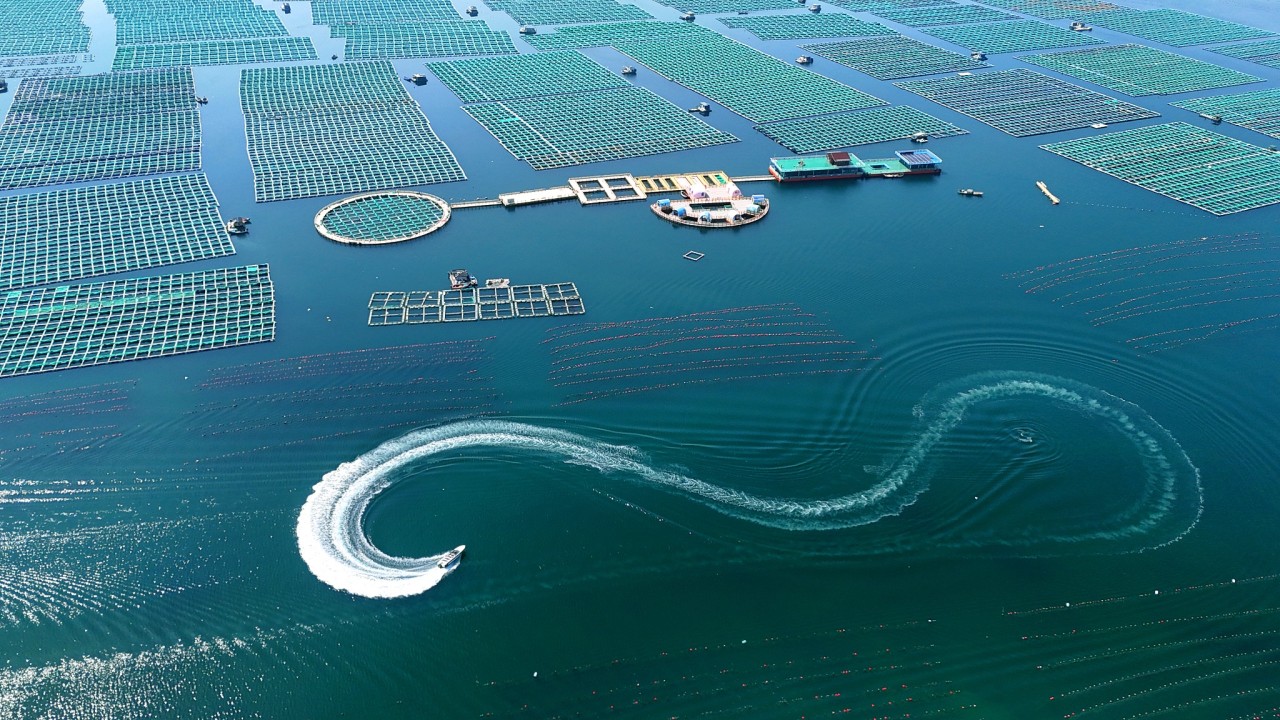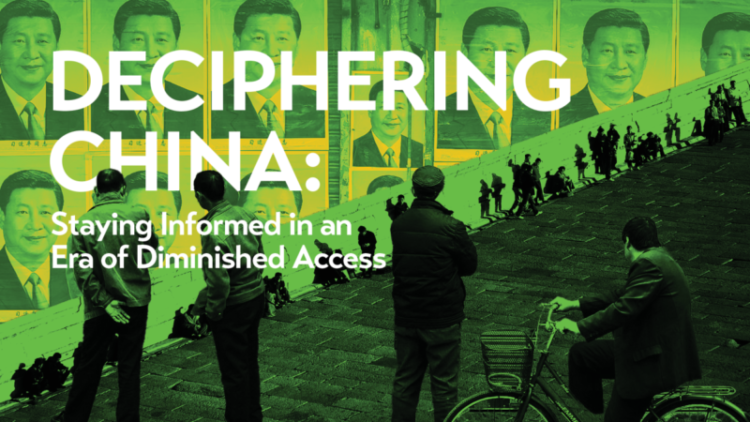Indonesia leadership a sinetron (TV soap opera) or a political crisis yet to unfold- worthy of a Majapahit conspiracy.
The Majapahit era (1293-1527) named after the bitter maja (stone apple) fruit of the region, thrived under Emperor Hayam Wuruk (1350-1389), a relatively civilised leader. During his time the epic story/poems of the Ramayana and the Mahabharata, and the wayang kulit puppets, defined Javanese culture and still do.
As it is with all legends, the more distant the memory, the greater the reverence and the sketchier the details. This pithy observation comes towards the close of Herald van der Linde’s new history Majapahit, the story of East Java’s golden century and its international clout.
Dutch banker/historian van der Linde spends much time in Indonesia when not in Hong Kong. The plots are complex, the characters even more so, but although the events happened centuries ago they resonate still, much like Shakespeare’s tragedies.
Today we have a president abandoning a party and its matriarch that put him into power – then levering his son to take his place through a cunning plot worthy of a Majapahit conspiracy. This young businessman, Vice President Gibran Rakabuming, is linked for the next five years to a disgraced former military general twice his age. All the ingredients are here for a sinetron (TV soap opera) or a political crisis yet to unfold.
Reading of the past can cloud or clarify the present depending on whether the student has access to all views and not just an authority’s sanitised version. Indonesia is already planning its 2045 celebrations of a centenary of independence so there’s time to honestly ponder where the Republic is heading and where it has come from.
Here, Majapahit could be a splendid guide. Unfortunately when bureaucrats get busy thoughtful analysis is often swept aside by economic stats that are so much easier to deliver and grasp. For example, current president Joko “Jokowi” Widodo forecasts a population of 309 million, enjoying a per capita income of AUD 44,000 in the world’s fourth largest economy within the next 21 years. If there are any progressives around by then they’ll be urging historians to address the difficult along with the triumphs to ensure balance.
Van der Linde’s collected yarns of conquest, love, and mystery long ago are the difficult-to-disprove stories governments prefer. Recent histories, such as accounts of the genocide of the mid-1960s get shuffled aside as they still arouse great emotion. An estimated half-million real or imagined Communists were slaughtered; the dirty deals that felled founding president Soekarno and raised General Soeharto as his successor remain elusive.
The crumbling empire finally fell around 1527, through a confluence of attacks by Islamic armies, factional feuds, fights over succession, incest, natural disasters, and the apparently bloodless death at 74 of the era’s architect Gadjah Mada. The “rutting elephant” was once the most powerful person in a court of thrusting schemers and betrayers. An image shows a plump-faced man, not a Tom Cruise action adventurer, though that was also his role. A devious, ambitious military and political strategist, he’s now praised as the hero of Indonesia and his name embellishes the military and academia.
Majapahit’s yarns are entertaining, often bloody, yet helpful in understanding Indonesia and the way its people think today.
This is a review of Herald van der Linde’s Majapahit Intrigue, Betrayal and War in Indonesia’s Greatest Empire. (Monsoon, 2024) ISBN: 9781915310286
Duncan Graham is an Australian journalist in Indonesia.
This article is published under a Creative Commons License and may be republished with attribution.

























